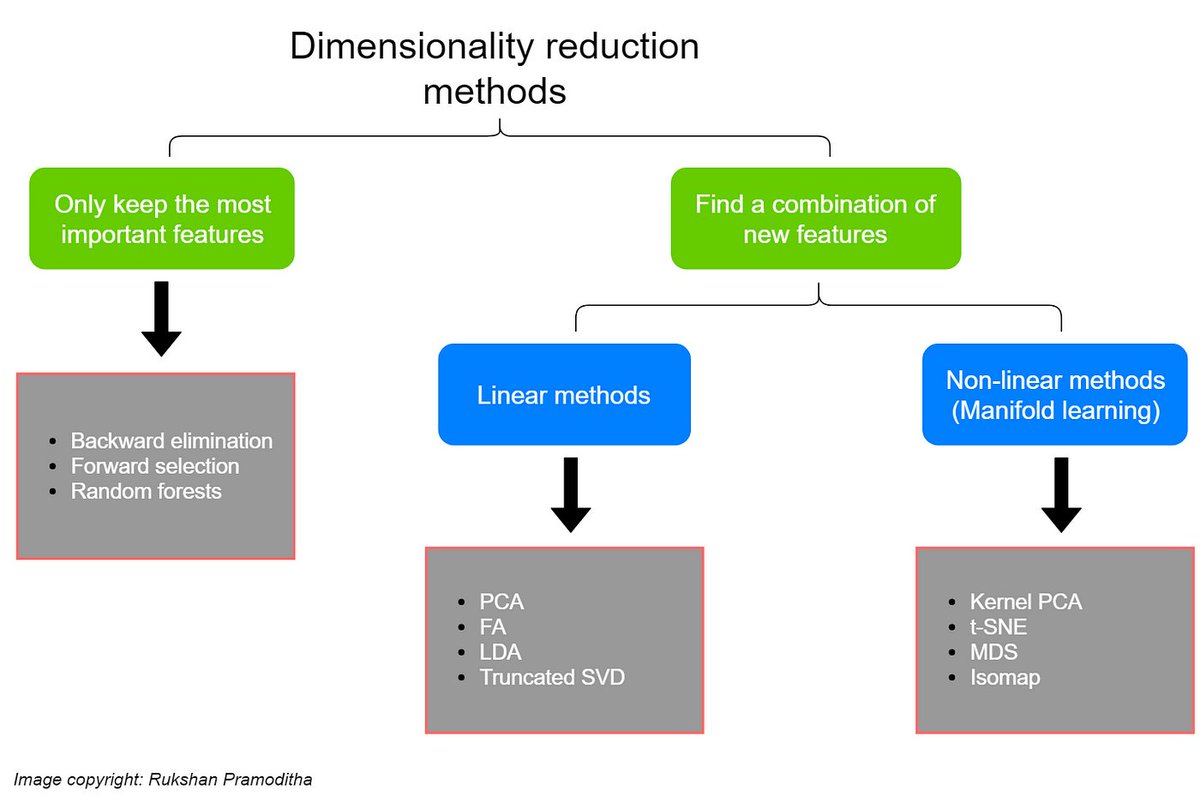Feature construction is a critical aspect of feature engineering, which involves the process of creating new features or transforming existing ones to improve the performance of machine learning models. 

The goal of feature construction is to extract meaningful information from raw data and represent it in a way that can be effectively used by machine learning algorithms.
There are several ways to perform feature construction including:
1⃣Mathematical transformations: This involves applying mathematical functions such logarithmic, exponential or square root transformations to existing features to create new features.
1⃣Mathematical transformations: This involves applying mathematical functions such logarithmic, exponential or square root transformations to existing features to create new features.
2⃣ Aggregation: This involves summarizing data by grouping them based on some criteria such as time, category, or geographic location
3⃣ Interaction features: This involves creating new features by combining two or more existing features
3⃣ Interaction features: This involves creating new features by combining two or more existing features
4⃣ Textual feature engineering: This involves processing textual data by extracting features such as word counts, TF-IDF, n-grams, and sentiment analysis.
feature construction is a crucial step in feature engineering that can significantly impact the performance of machine learning models. It requires a deep understanding of the data, the problem domain, and the machine learning algorithms used 

Feature creation is one of most common techniques in FE . It also known as feature construction or feature synthesis It involves creation of new features from existing data that performed by combining or transforming existing feature @scaler_official
scaler.com/topics/data-sc…
scaler.com/topics/data-sc…
🙏If this thread was helpful to you
1⃣ Follow me @Sachintukumar for daily content
2⃣ Connect with me on Linkedin: linkedin.com/in/sachintukum…
3⃣ RT tweet below to share it with your friend
1⃣ Follow me @Sachintukumar for daily content
2⃣ Connect with me on Linkedin: linkedin.com/in/sachintukum…
3⃣ RT tweet below to share it with your friend
• • •
Missing some Tweet in this thread? You can try to
force a refresh

 Read on Twitter
Read on Twitter












